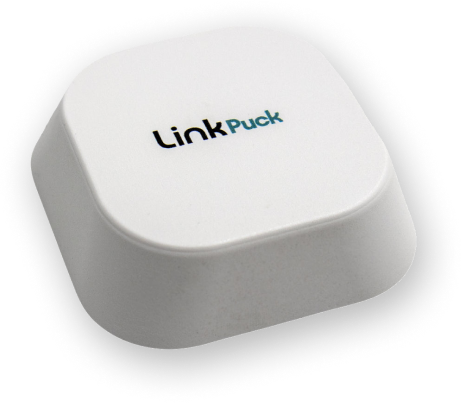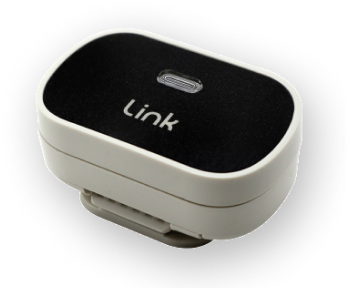It can be frustrating and sometimes frightening when your pet doesn’t show any interest in her dinner. You want to give her the best, but her finicky nature makes it hard. Whether the change is sudden, or it’s been going on for a while, here are 5 tips to help your fussy friend get excited about the dinner bell again.
Tip #1: Don't Panic
If your dog refuses to eat a meal here and there but is still maintaining a healthy weight and not showing any other worrisome symptoms, chances are you have nothing to fret over. However, it always makes sense to pay close attention to changes in appetite. A variety of medical problems, including liver and kidney disease, hormone related conditions, cancer, severe dental problems and even pain from an injury can cause a sudden change in appetite. If you see these signs, be sure to call your vet ASAP:
- Sudden change of appetite lasting more than 24 hours (12 hours for toy breeds or very young puppies)
- Refusal to drink water or drinking excessive amounts of water
- Extreme tiredness or lack of coordination
- Diarrhea or vomiting
- Significant weight loss
- Poor coat or skin condition
Tip #2: Take It Easy With Treats
If you are using treats to train your dog, then you’ve likely chosen a training method based on positive reinforcement, which is great! However, as you may have noticed, your dog is pretty smart. In fact, sometimes we think we are training our canines and suddenly realize they are training us!
If a dog has figured out that skipping a meal will earn her your desperate attempts to give her all of her favorite things as a reward, you have been had! You may even be unintentionally training her to skip meals. Whoops! At regular feeding times, place her bowl of food down and walk away. Wait at least an hour before trying one of the “temptation” methods listed below.
In addition, if you are training using treats as a reward, measure out the amount you will dispense over the course of the day, and avoid feeding any at least two hours before dinner time.
Tip #3: Safe Additions
For extremely fussy eaters, you may need to resort to making the food a little more appealing. The addition of warm water or low sodium chicken broth may be enough to excite her palate. In other cases, adding a few spoonfuls of canned dog food to her dry food can do the trick.
Some people food is safe and even nutritious for dogs. While you want to be sure to keep the staple of his diet a fully balanced AAFCO approved feed, it is okay to add small amounts of foods such as plain yogurt, green beans, canned pumpkin, or plain cooked chicken to his meal. Always do your research since some foods that are safe for people are actually fatally toxic for our canine companions! Examples of potentially poisonous foods include (but are not limited to): Grapes, raisins, onions, garlic and artificially sweetened foods. Never feed your dog any processed foods such as chips or cookies.
Tip #4: Identify Triggers
In some rare cases, dogs can develop phobias out of the blue. Triggers such as changing light patterns coming through a window, the texture of a mat, or even the sound of the refrigerator can suddenly become a problem for your dog.
One of the things you might want to try is to move the food and water dish to a new location or change up the food bowls. It might seem silly, but since it can be difficult to properly identify a specific phobia, this incredibly simple solution is worth a try.
Tip #5: Shake Things Up
It is a common myth that your dog should stay on the same commercial dog feed for their entire lives. In fact, most dogs can transition to a new food without experiencing any health problems. Sometimes dogs just get bored with their food. It’s that simple! It is worth giving some high new high-quality foods developed with picky eaters in mind a try. These foods tend to have a more tempting smell and taste to keep picky eaters interested. If you decide to give the old switcharoo a try, just be sure to change food over gradually whenever possible. Swap out food in 20% increments each day until your picky pup is enjoying her new food.
Our friend Matt, founder of Wiley Pup, helped us put together these tried and true tips to get your finicky eater interested in food. Have other suggestions? Tag us in a comment on Facebook!





